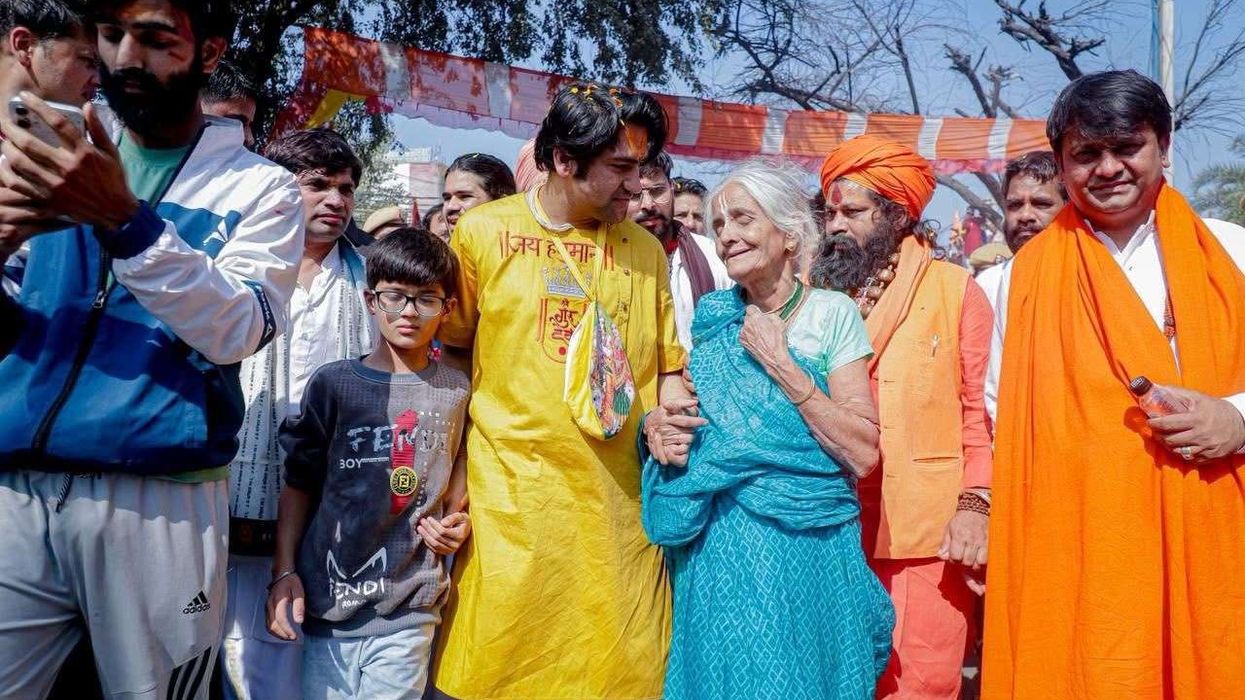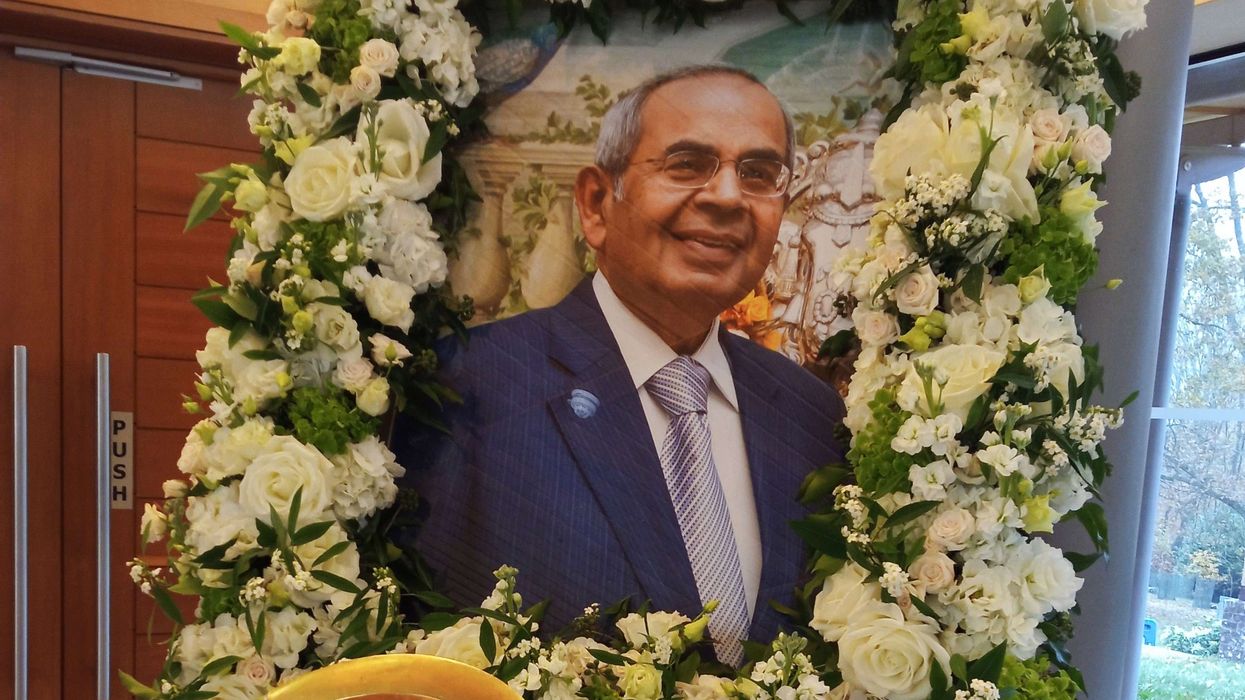BLACK and minority ethnic women make up more than half of pregnant Covid-19 patients in hospitals, an Oxford University study has found.
Experts have reportedly issued new guidance to midwives to “remain on high alert and lower the threshold for diagnosis by medical professionals”.
About 55 per cent pregnant patients hospitalised due to Covid19 between March 1 and April 14 were from BAME communities, said the study that’s yet to be peer-reviewed.
BAME women were four times more prone to be admitted in hospitals due to coronavirus complications with than white women, it added.
The study, which covered 427 pregnant women, went to indicate that being from a BAME background was a bigger risk factor to get hospitalised with Covid-19 during pregnancy than age and obesity.
“We’ve known for some time that there are big disparities in maternal health according to ethnicity,” Prof Marian Knight, the lead researcher of the study at Oxford University, told the Guardian.
“What is surprising is the extent of the imbalance. More than half of the women who were admitted with Covid-19 in pregnancy were from BAME group, which is very different from the whole birth population as whole.”
Reports said the Royal College of Midwives (RCM) has come up with new guidance for maternity care workers such as midwives to “ensure that they are aware of the increased risks for BAME women”.
Birte Harlev-Lam, director of professional leadership at RCM, said: “We’re giving messages out to midwives to make sure that they have a very low threshold for responding to women telling them they’re concerned or they’re not feeling well and that they’re particularly vigilant around BAME women.”
Experts, meanwhile, pointed out that Covid-19 crisis has highlighted “longstanding maternal health disparities”.
Last year, for instance, an inquiry report had said black women were five times more likely and Asian women were twice more likely to die from pregnancy or childbirth complications than white women.
The RCM said it has launched an initiative to increase awareness of the risks to BAME women.
“It’s really key that women not only keep their routine scheduled appointment, whether they are face to face or virtual, but that they contact somebody if there is something amiss,” said Harlev-Lam, director of professional leadership at RCM.
Dr Christine Ekechi, a spokesperson on racial equality for the Royal College of Obstetricians and Gynaecologists, said the study’s findings raised “concerns around persisting vulnerabilities of this particular group of women”, adding that the college, too, was issuing new guidance to maternity care workers.





 He says: "There’s something incredibly empowering about finishing a solid back workout"AMG
He says: "There’s something incredibly empowering about finishing a solid back workout"AMG He says: "I think health and wellness are fundamental aspects of life that don’t necessarily require fancy gadgets or apps"AMG
He says: "I think health and wellness are fundamental aspects of life that don’t necessarily require fancy gadgets or apps"AMG My grandfather is my ultimate inspirationAMG
My grandfather is my ultimate inspirationAMG He says : "Without a doubt, it would be Tom Cruise"AMG
He says : "Without a doubt, it would be Tom Cruise"AMG






